Basic terms and types of Massage Therapy
These include some forms not mentioned in or only referred to in the preceding chapters. The list is alphabetical in an attempt to facilitate the process:
• Acupressure: A method of Chinese Traditional Massage involving the pressure of fingers and other body parts on specific central points along the Qi or Ki energy channels or meridians. Types of massage therapy using Acupressure include Shiatsu.
• Amma: The traditional massage therapy from Japan. Amma or Anma precedes Shiatsu. Amma uses Acupressure, stroking, kneading, and percussion along the meridians based on Chinese Traditional forms.
• Aromatherapy Massage: Massage combining aromatic essential oils to awaken the senses and lead to healing.
• Asian Massage Therapy: Overall term for the various types of massage therapy with origins in the Eastern or Oriental forms. The focus in Asian Massage Therapy is not solely on the physical body. The approach is holistic, including the soul, mind, emotions, and body as an integral part of the healing process. Asian Massage Therapy also relies on Oriental traditional concepts of the body’s medical and physical properties and anatomy. As a result, there is a belief in the need for a practitioner to address the energy level or life force – the Ki, Qi, or Chi. By analyzing the energy flow through a system of Chakras, Channels, or Meridians, the practitioner knows where to press, knead or use other methods to stimulate or correct the energy flow in the body. Types of Asian Massage Therapy include Shiatsu, Amma, Tui Na, and Thai Massage.
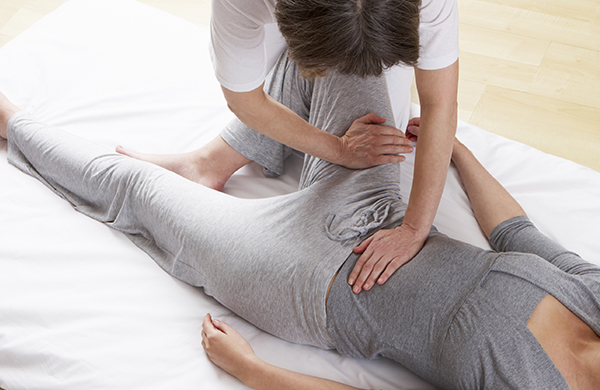
• Ayurveda: A type of healing system based on the ancient Vedic writings of India. Deepak Chopra is a classic example of this form of healing. It includes massage therapy as one part of an integrated approach to healing.

• Chakras: Often defined as an aura, a chakra is one of the seven centers of energy regulating energy flow between the body and mind concept. It is Indian in origin and often appears in Reiki practitioners’ terminology and New Age therapists.
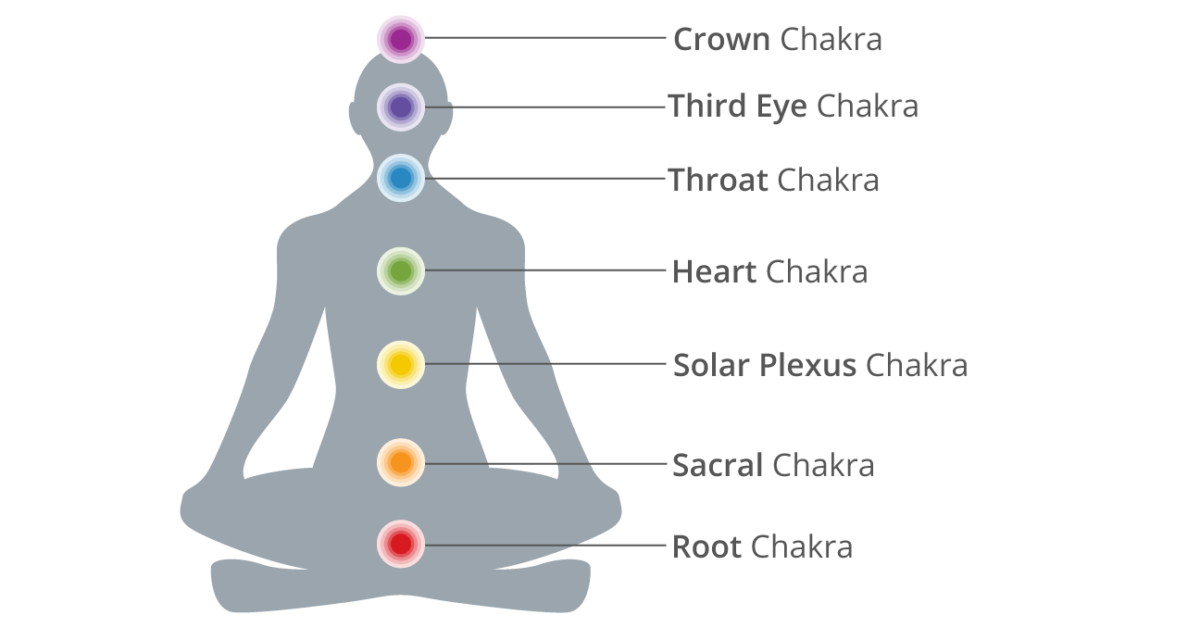
• Channels: A channel is an invisible passageway for the flow of energy throughout the body. It is sometimes called a meridian. The channel concept is part of the overall Eastern or Asian approach to medicine.
• Chi: This is the Chinese word for energy or life force. It is responsible in traditional Chinese medicine for the body, the mind, and emotions. It flows through various meridians in the body. If there is too much Chi, too little Chi, or a blockage of Chi, the person will fall ill. Traditional practitioners work to restore balance to the Chi. In doing this, they will ensure the return to health. Chi is also Qi in Chinese. It is Ki in Japanese and Prana in Indian massage practices.
• Connective Tissue Massage: Developed in the 1930s in Germany, this form of massage therapy focuses on the layers of tissue between skin and muscle known as connective tissue. It proposes that massaging one area of the body will have positive effects on another.
• Deep Tissue Massage: This is both a specific form of Massage and a technique used in other types of massage therapy. It involves deep manipulation of the myofascial connective tissue. Deep Tissue Massage Therapy owes much to both Swedish Massage and Structural Integration.
• Eastern Massage Therapy: See Asian Massage Therapy.
• Effleurage: A basic technique of Swedish Massage Therapy involving smooth and gliding strokes. The massage therapist uses both hands in this principle stroke of Swedish Massage.
• Esalen Massage: This is a type of Massage Therapy combining elements of Swedish Massage with sensory awareness principles and environmental sensitivity. It was developed at the Esalen Institute in Big Sur, California.
• Fascia: These are the connective tissues surrounding and supporting the body’s muscles, organs, and bones.
• Friction: A basic technique of Swedish Massage Therapy. It involves rubbing and deeper penetration of the skin through circular motions of the hands during the massage treatment.
• Hot Stone Massage: This is a popular means of treating specific ailments. It involves placing different-sized heated stones on the affected body parts. Some massage therapists combine hot stone methods with Shiatsu or traditional Asian massage therapy types. They place the stones according to specific meridians, channels, pressure points, and chakras.
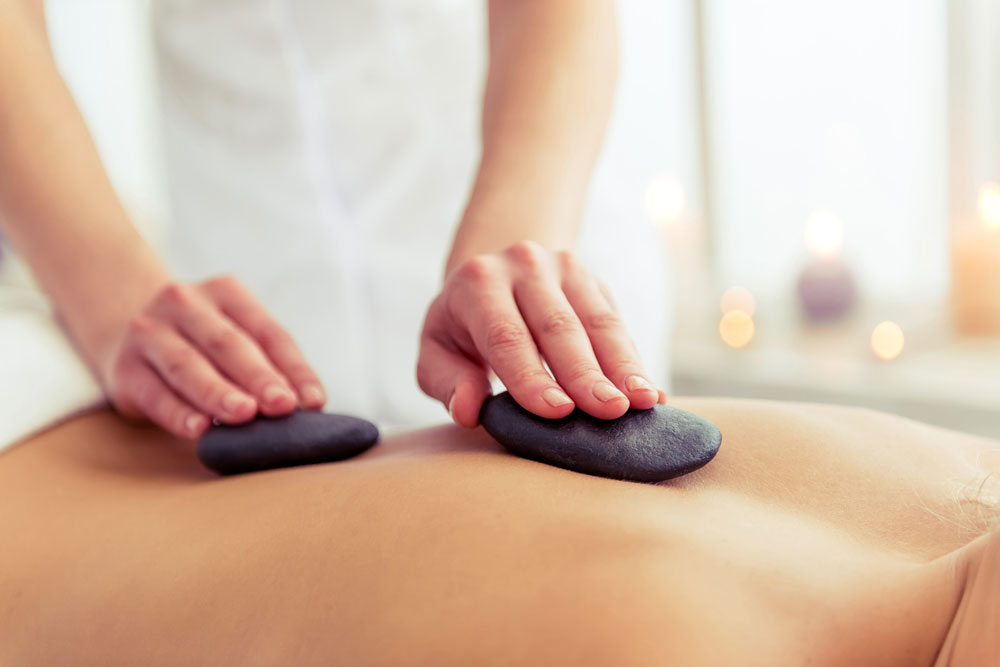
• Ki: The Japanese form of Chi, the life force or energy.
• Kurashova Method: A form of Russian Medical Message. It involves over 100 types of strokes to address issues of pain and to help athletes recover.
• Medical Massage: Medical Massage is a form of Swedish Massage. Under the physician’s prescription, the practitioner provides the client with specifically medically-directed forms of therapeutic Massage.
• Meridians: These are pathways along which the energy or life force flows. They are also known as channels or Chakras.
• Myofascial Release: This technique to Massage focuses on the fascia. It employs hands, fingers, elbows, forearms, and palms in smooth, slow, and long strokes to mobilize and stretch the fascia.
• Oriental Massage Therapy: See Asian Massage Therapy.
• Petrissage: This is a basic technique of Swedish Massage Therapy. It involves kneading the flesh.
• Prana: The Indian version of the Japanese Ki or Chinese Qi/Chi – life force or energy.
• Reflexology: This type of Massage focuses on the zones of the feet and sometimes the hands. The practitioner applies pressure to these zones to free the specific related body parts of pain, anxiety, stress, etc.
• Reiki: Reiki is a hands-off version of massage therapy based on traditional Asian methods of medicine and Massage. Using the concepts of Chakras and life forces, Reiki practitioners use their hands to transfer energy to the needed parts and restore balance.
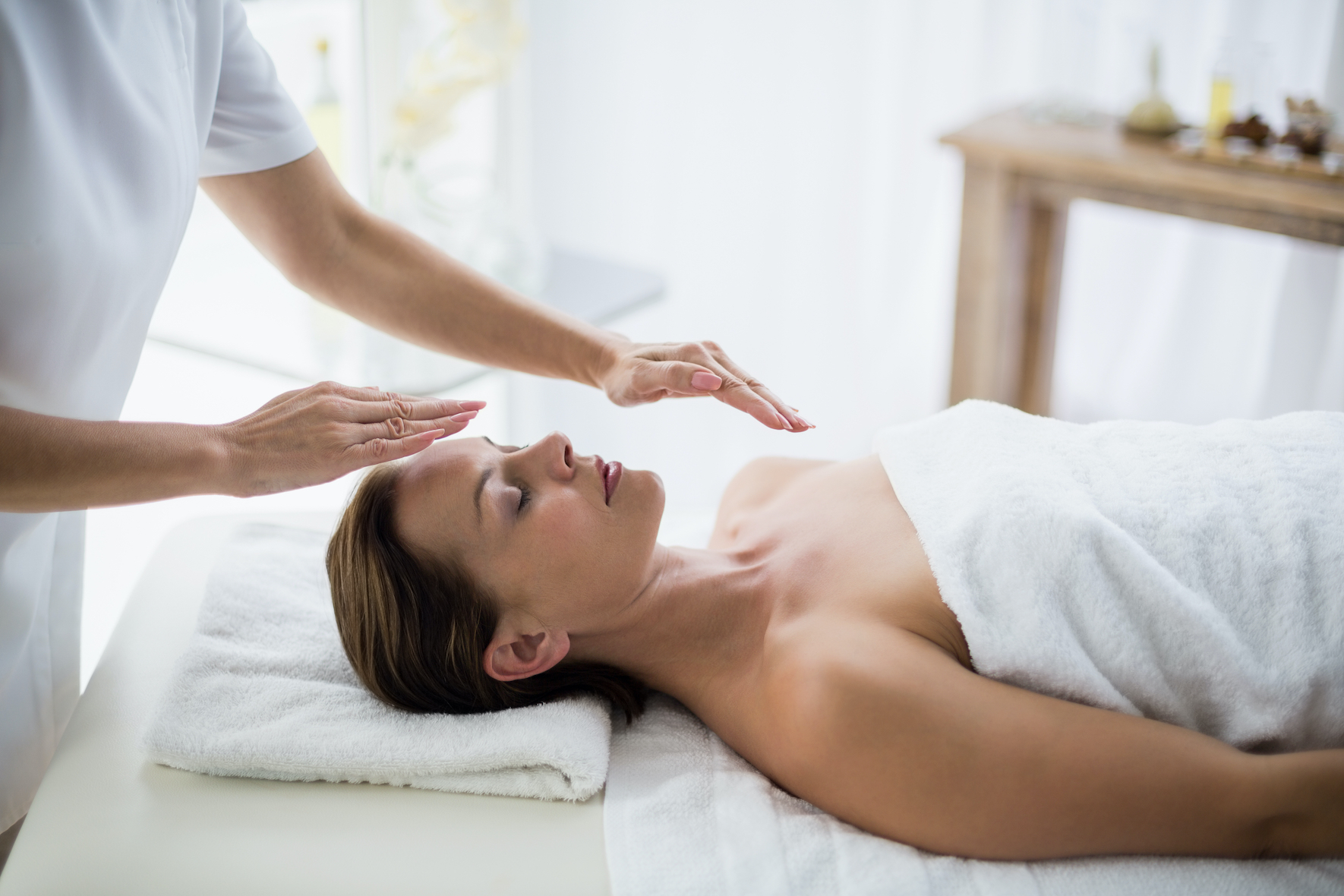
• Rolfing: The Rolfing Method of Structural Integration is a technique aiming to reorganize the body structure through deep manipulation of the body’s myofascial system.
• Rosen Method: This is a system of noninvasive touch and verbal communication. Touch or Massage is utilized to detect muscular contraction causing health problems. Verbal expression is used to discover any emotional issues.
• Shiatsu: This is a Japanese form of Acupressure. Translated, Shiatsu means “finger pressure.” The practitioner applies pressure to specific Ki channels or meridians to restore the balance of energy. Shiatsu rates high in popularity among Western and Asian cultures as a form of healing therapy.
• Sports Massage: Sports Massage is a variation of Swedish Massage. While Swedish Massage treats the entire body, sports massage focuses only on specific parts. It is directed towards maintaining, improving, and rehabilitating the health of athletes. As a result, Sports Massage is subdivided into three categories of treatment: Maintenance, Event, and rehabilitation. Variations include Equine Sports Massage, designed specifically for racing horses.
• Structural Integration: This term is the original name for Rolfing. It also describes various types of massage therapy and bodywork used to integrate the structure of the body. An example of Structural Integration is Deep Tissue Massage.
• Swedish Massage Therapy: This is the standard and most popular form of Western Massage Therapy. Its focus is only on the physical healing of the body. In this, it is a traditional form of Western Massage Therapy. Swedish Massage is the root of many other types of Massage, including Deep Tissue Massage, Sports Massage, Medical Massage, and Rolfing. The basic techniques consist of Effleurage, Petrissage, Friction, and Tapotement.
• Tapotement: This is a basic technique of Swedish Massage. It involves using cupped hands, the edge of the hand, or the fingers to stroke gently the client with brief, quick, alternating taps
• Thai Massage: This is a form of Asian Massage Therapy based on Oriental or Eastern Medicine principles. It involves the manipulation of the client’s body together with other techniques. These include Acupressure. Thai Massage is often combined with Yoga to create Thai Yoga Massage.

• Trigger Point Massage Therapy: This type of massage therapy utilizes the concept of “Trigger Points.” Trigger points are centers found usually in muscles that radiate pain to other parts of the body. By pressing the Trigger Points, you reduce pain. Variations of Trigger Point Massage Therapy include Bonnie Prudden Myotherapy.
• Tui Na: This is an original form of the Chinese Traditional healing system. It relies on the concept of the Qi or Chi life force flowing along meridians or channels. Tui Na or Tuina works with the life force or energy to restore health. It utilizes Acupressure, rubbing, pressing, waving, shaking, percussion and manipulation.
• Western Massage Therapy: A term used to describe Massage originating in the West and/or demonstrating a focus on or utilizing Western medical theory and practice. In Traditional Western Massage Therapy, the focus is always on the physical body. This differs from Asian or Eastern Massage therapy with its holistic approach. Typical forms of Western Massage Therapy are Swedish Massage, Sports Massage, and Medical Massage.
• Zones: This is the term used in Reflexology to define the points of manipulation used by the practitioner to help the patient regain health, relax and reduce stress. Each zone on the foot or hand corresponds to a central body organ or part.
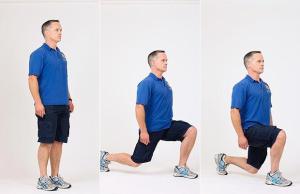
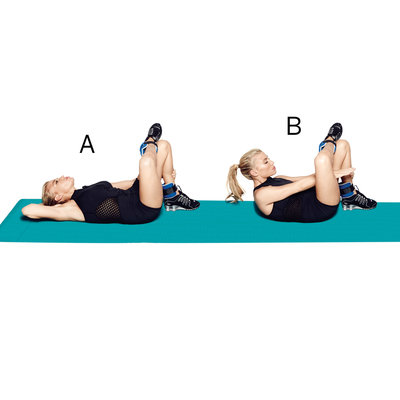




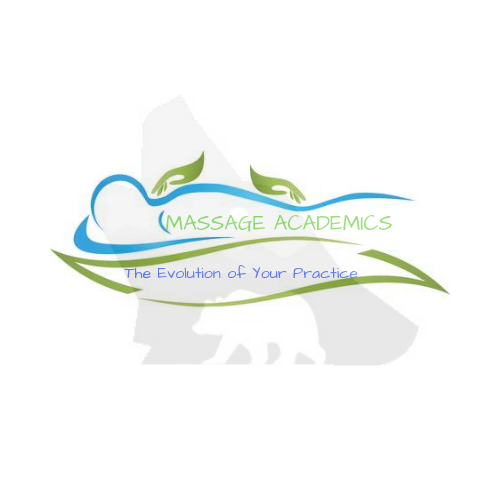
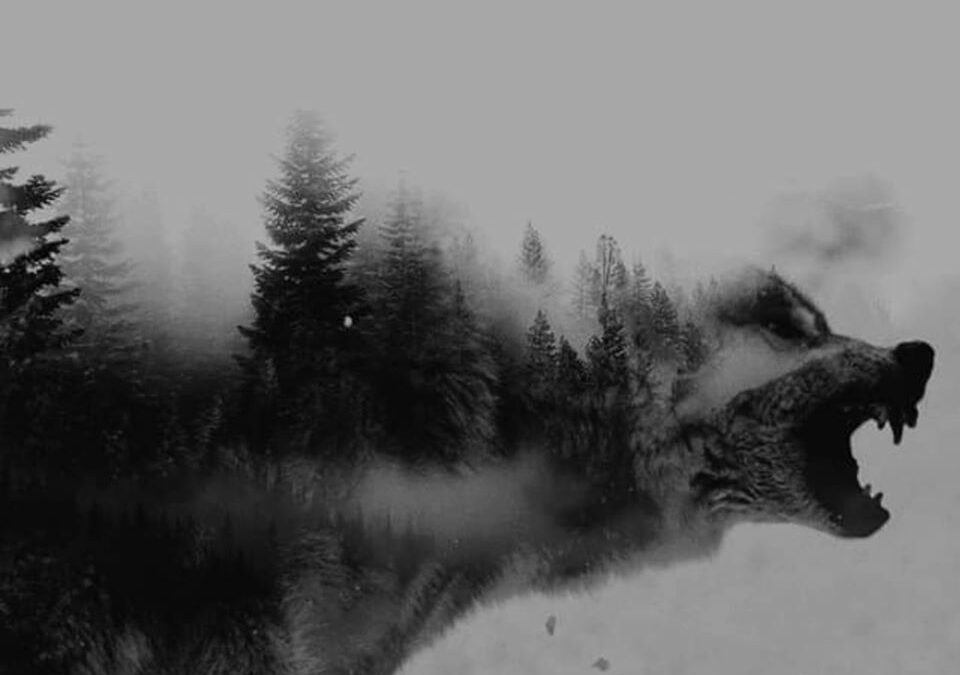
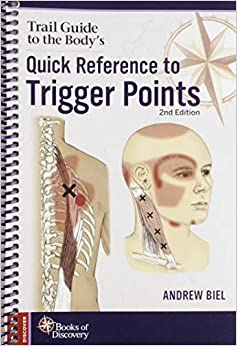








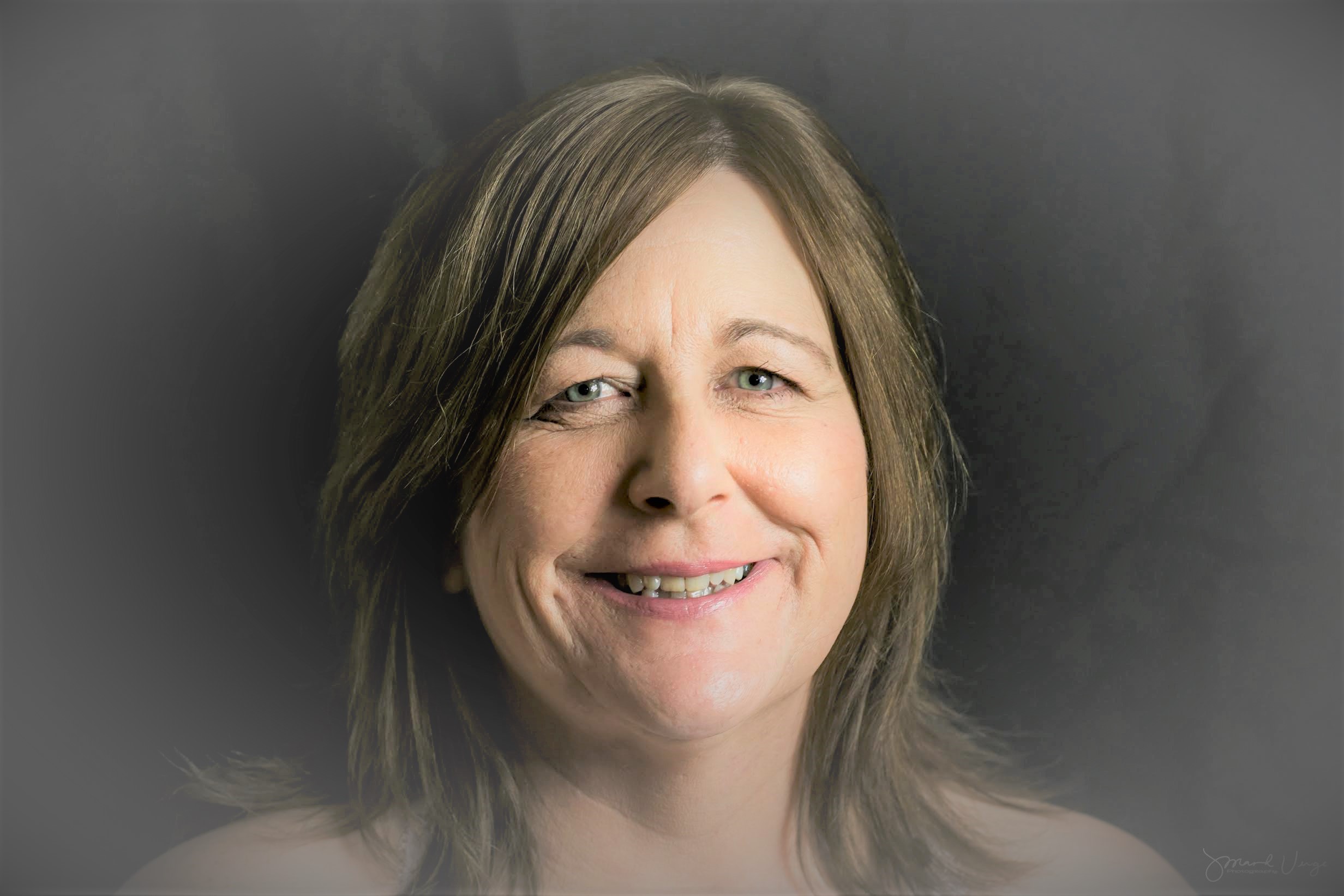

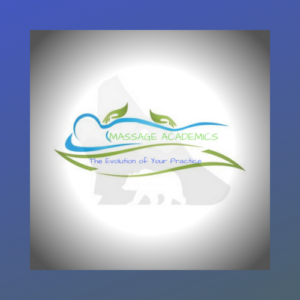
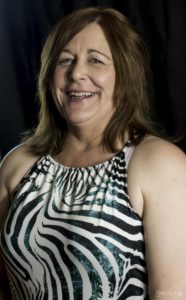
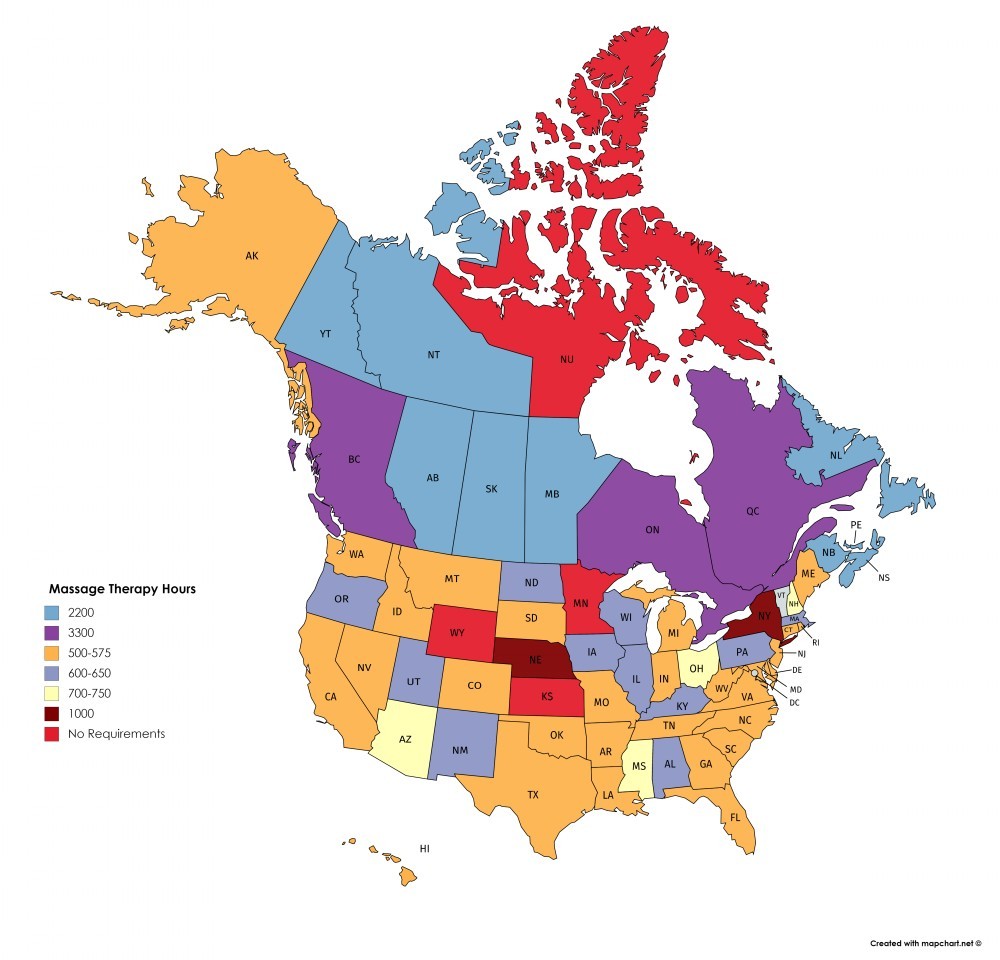
Recent Comments